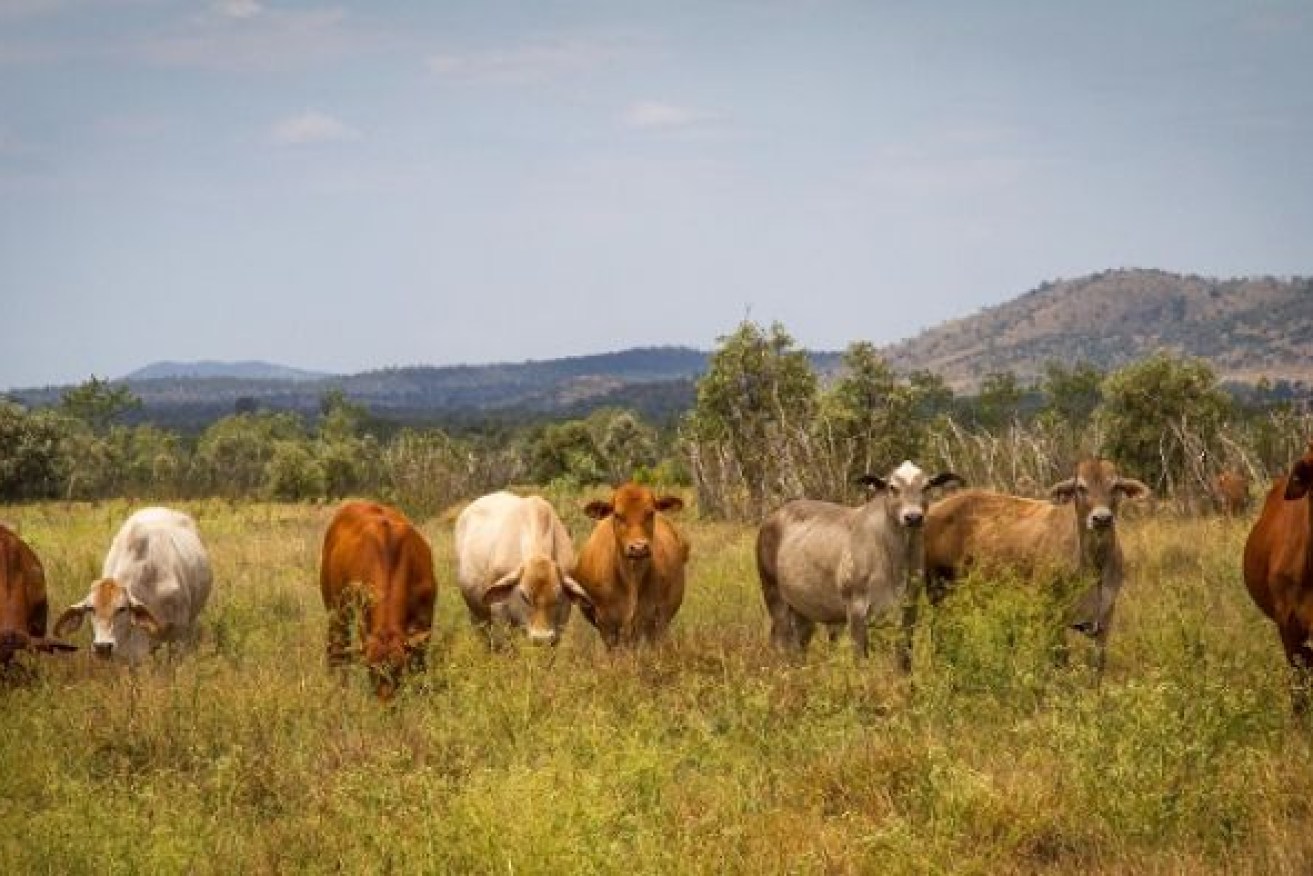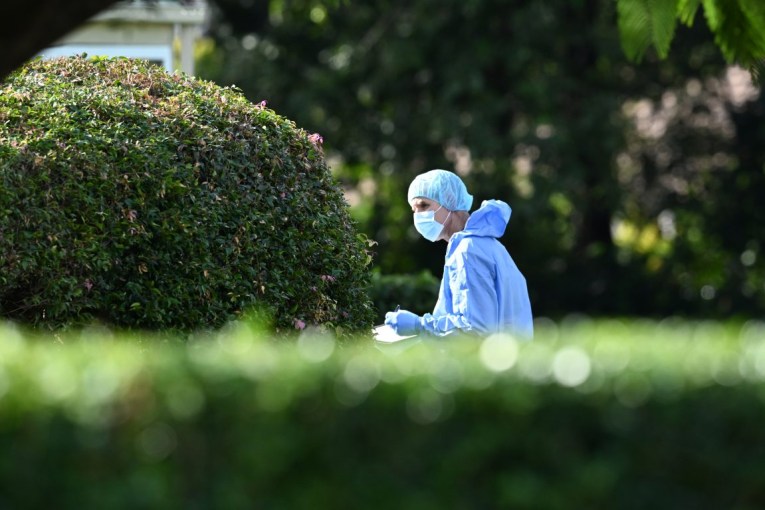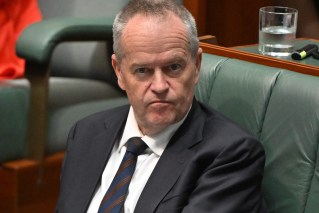Hot air: Small graziers band together to harness carbon credits
A new program in outback Queensland aims to bring “smaller” graziers together to reduce methane emissions and trade carbon credits.

A new program is aiming to bring smaller graziers together to trade carbon credits. Photo: ABC
The idea is to combine a herd of more than 50,000 cattle before finding efficiencies and trading carbon credits from the savings in emissions.
Natural Carbon general manager and organiser of the project Julien Gastaldi said most graziers could reduce methane emissions without locking up land.
“That’s the methane coming from the burps of the animals,” Gastaldi said.
“By reducing the time on pasture and reducing the age of the animals on average, you can sometimes get to the same target weight.”
Improving the beef industry’s image
The Queensland Government’s Land Restoration Fund has also shown interest in the project, funding a number of workshops in north-west Queensland to help sign on graziers.
Melissa Speed and Alister Kelso from Coalbrook Station, north of Richmond, were the first to sign on for the project.
Speed said it was a great opportunity to improve the efficiency of the cattle station and earn some money to supplement it.
“We’ve been talking about it over the past year, looking at what we can do to make our cattle more efficient,” she said.
“So when this carbon market came ahead this was another push to say we can do better, and there’s so much other stuff we can be doing as well.”
Speed, who is the youngest producer in the program at 23 years old, said it was a way to improve the livestock industry’s image.
“We’re seeing this as a start to keep getting better and at the same time you’re getting a bit of money, which helps in those tough times,” she said.
“Growing up we’ve been taught that we need to be more conscious of what we do and as a generation we are more conscious of who we buy from.”
Some bigger properties needed for viability
The largest producer involved in Natural Carbon’s project is the Paraway Pastoral Company, which runs more than 220,000 cattle and 250,000 sheep on 27 properties in Queensland, New South Wales, and Victoria.
Paraway has been running a separate carbon trading project on an aggregation of its properties, and has put cattle from two stations in the new project.
“We saw this as a great opportunity to enable smaller producers to be credited for reducing the emissions intensity of their herds, while we benefit from improved productivity and generate carbon credits,” the company’s sustainability manager, Paul McDougall, said.
Gastaldi said a large-scale operation like Paraway’s was needed to make the project viable.
“The corporate pastoral companies are not really different from the everyday station,” he said.
“The only difference is they have a head office that can coordinate these things.
“Our mission is to try and take the learnings from what we’ve done with the corporates and then try and democratise and talk to as many people as we can.”
– ABC












